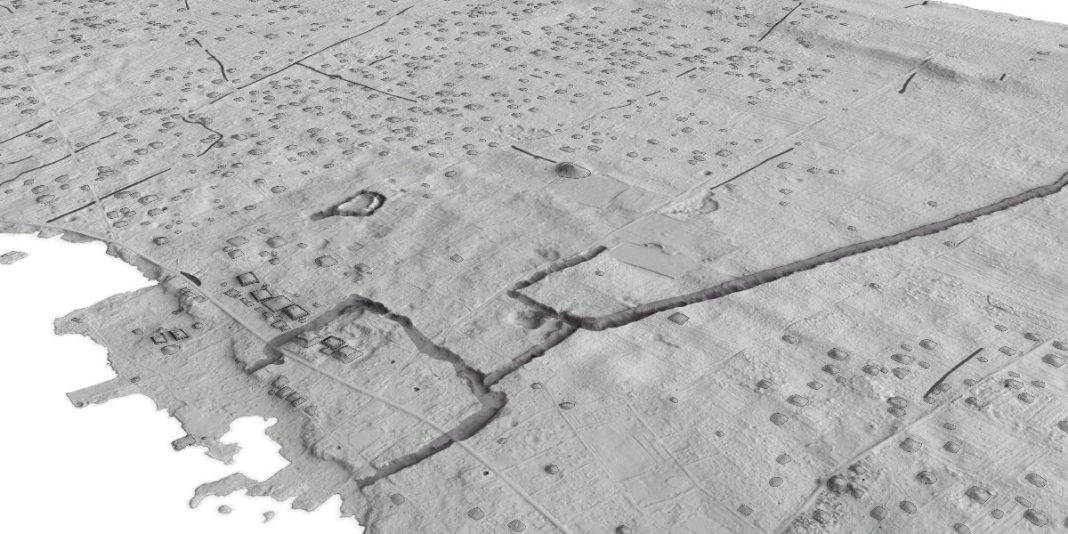The first cities in the Pacific were established much earlier than previously thought, long before European colonisation, according to research from the Australian National University (ANU).
PhD scholar Phillip Parton mapped archaeological sites on the Tongan island of Tongatapu, an archaic state whose influence spread across the southwest Pacific Ocean between the 13th and 19th centuries CE.
His research showed that earth structures were being constructed in Tongatapu around 300 CE – seven centuries earlier than assumed. In fact, urbanisation in the Pacific was an indigenous innovation that developed before Western influence.
“As settlements grew, they had to come up with new ways of supporting that growing population,” Mr Parton said. “This kind of set-up – what we call low density urbanisation – sets in motion huge social and economic change. People are interacting more, and doing different kinds of work.”
Traditionally, Mr Parton said, studying urbanisation in the Pacific had been tricky due to challenges collecting data, but new technology – aerial laser scanning and high-tech mapping – combined with archaeological fieldwork has changed that.
“Having this type of information really adds to our understanding of early Pacific societies,” Mr Parton said.
“Urbanisation is not an area that had been investigated much until now. When people think of early cities, they usually think of traditional old European cities with compact housing and windy cobblestone streets. This is a very different kind of city.
“But it shows the contribution of the Pacific to urban science.”
According to Mr Parton, this kind of low-density urbanisation in Tonga collapsed largely due to the arrival of Europeans.
“It didn’t collapse because the system was flawed; it was more to do with the arrival of Europeans and introduced diseases,” he said.
“This is just the beginning in terms of early Pacific settlements. There’s likely still much to be discovered.”
The study has been published in the Journal of Archaeological Method and Theory.



